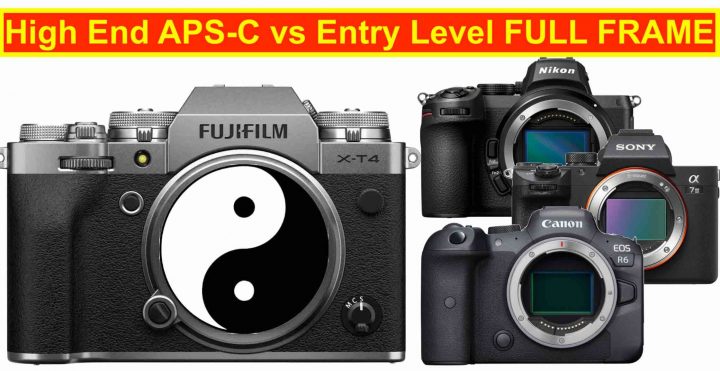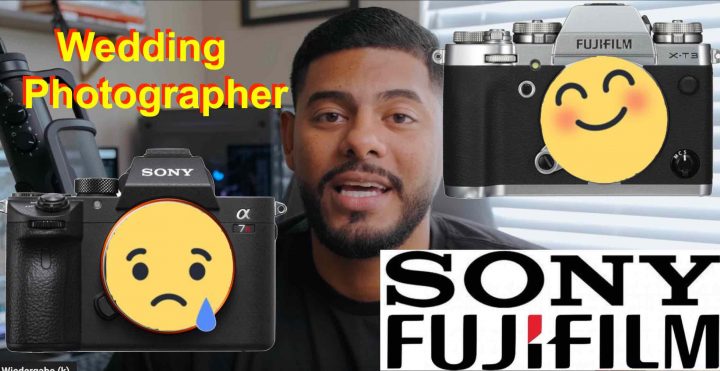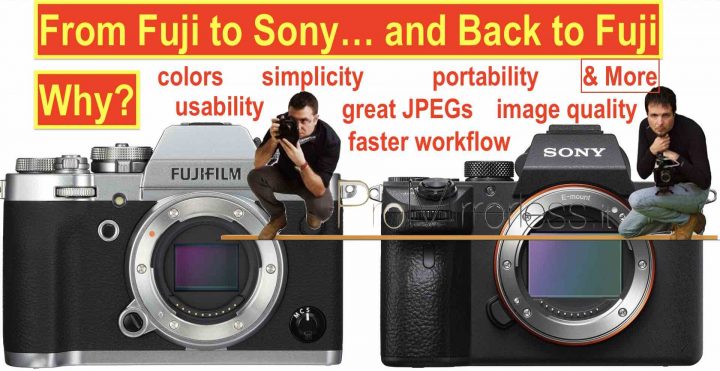Fujifilm APS-C is Dead? Nikon Z5, Sony A7III, Canon R6 vs the Fujifilm X Series Art of Balance

High End APS-C vs Entrly Leve Full Frame
First off let me say this:
I am a fan of competition. I want camera manufacturers to fight for customers, to work hard, to squeeze new tech into cameras as much and fast as possible for the most affordable price they can.
Hence, the more sub $2,000 full frame cameras hit the market, the more I am happy, that also Fujifilm ASP-C shooters like myself will profit from it in the long term, as this will push Fujifilm to work harder than ever.
So, I personally welcome the brand new Nikon Z5, the Sony A7III, the Canon EOS RP and also the Canon EOS R6.
But there is something I do not understand…
I blog on FujiRumors since almost a decade now, and over all these years, I have heard many times announcements of the death of the Fujifilm X series since the launch of the original Sony A7. And the same “Fujifilm APS-C is dead” voices come back today, after the announcement of the Nikon Z5.
Now, let’s look at a few facts:
- after many years of death proclamations and multiple full frame mirrorless cameras, Fujifilm X is still here
- not only “we are still here“, but even in times of COVID-19, Fujifilm is the only brand, that didn’t see a massive sales decrease (report here)
- until 2018, in terms of worldwide mirrorless market share, Fujifilm came third very close to Canon, far ahead of Olympus, Nikon and Panasonic (report here)
So here is the thing: either customers are stupid, or they see it the same way as these industry insiders (DPReview included), who claim that APS-C is the sweet spot.
To be clear: the Nikon Z5, Sony A7III, Canon EOS RP and the Canon EOS R6 are all very nice cameras.
But there is one thing, that sets Fujifilm X apart from all those “entry level” full frame cameras: it can squeeze so much tech into sub $2,000 cameras, that other brands can not.
Or, in other words: their main selling point (full frame), becomes their main limitation, since if you want to deliver full frame cameras under $2,000, you have to cut costs on other sides.
Let me explain.



